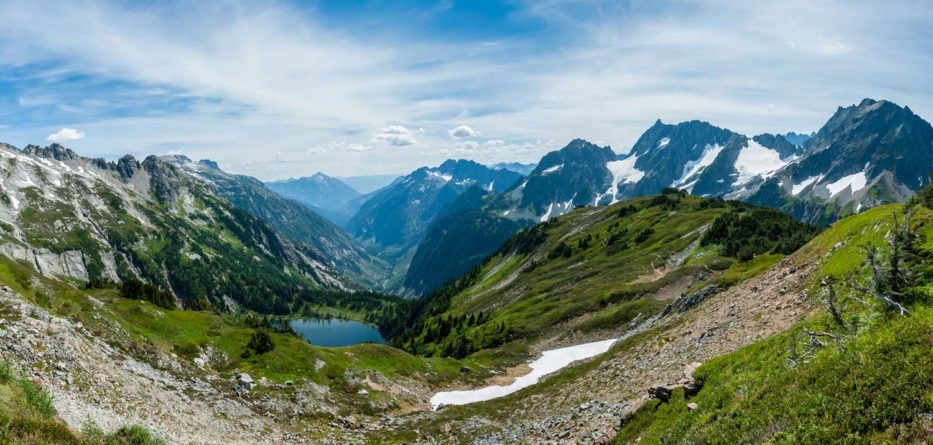SEATTLE — While the Northwest has seen massive infernos in recent years, a new report shows its forests actually are experiencing a historical deficit of fires. That deficit could be fueling recent, dangerous wildfire seasons.
The study conducted by The Nature Conservancy, U.S. Forest Service and University of Idaho shows only one-tenth of forest acreage in Washington and Oregon burned between 1984 and 2015, compared with a century earlier. However, 36 percent of those fires were high severity, compared with about 6% – 9% historically.
Ryan Haugo, the study’s lead author and conservation science director at The Nature Conservancy in Oregon, said with the added pressure of climate change, the need to better manage forests is urgent.
“We need to look for opportunities in which we can have the fire that is going to occur burn at times and under conditions which are both safer to our communities, safer to our health, and more able to restore and replicate the natural ecological processes,” Haugo said.
This week begins a two-week period of prescribed fire training in central Washington, which is used to rid the forest of fuel for the most intense wildfires. Historically, low- and medium-severity fires played this role. The study found the fire deficit is worse in eastern Washington and Oregon, where only 3 percent of the historical acreage has burned.
Jon Bakker, a professor with the University of Washington’s School of Environmental and Forest Sciences, has studied fires in the western part of Washington state and found there is fire deficit there too. He said we have to recognize that fire is a natural part of the landscape.
“We’re either going to have it in the times when we want it to happen through prescriptions, or it’s going to happen in larger, uncontrollable crown fires, as we’ve seen in the last few years,” Bakker said.
Washington Department of Natural Resources forest health scientist Derek Churchill said a combination of good fire suppression and removing fire-resistant trees has made forests more vulnerable. He said prescribed and managed fires are key, and also noted mechanical thinning of the debris that fuels those fires is critical to maintain forests.
“This study really quantified the amount of treatment it’s going to take to do that maintenance over time,” Churchill said. “It gave us an idea in a really compelling way.”
Haugo noted the study is not advocating a return to historical numbers, which could be dangerous to communities and also because many fire-resistant trees are missing from forests due to past management decisions.






